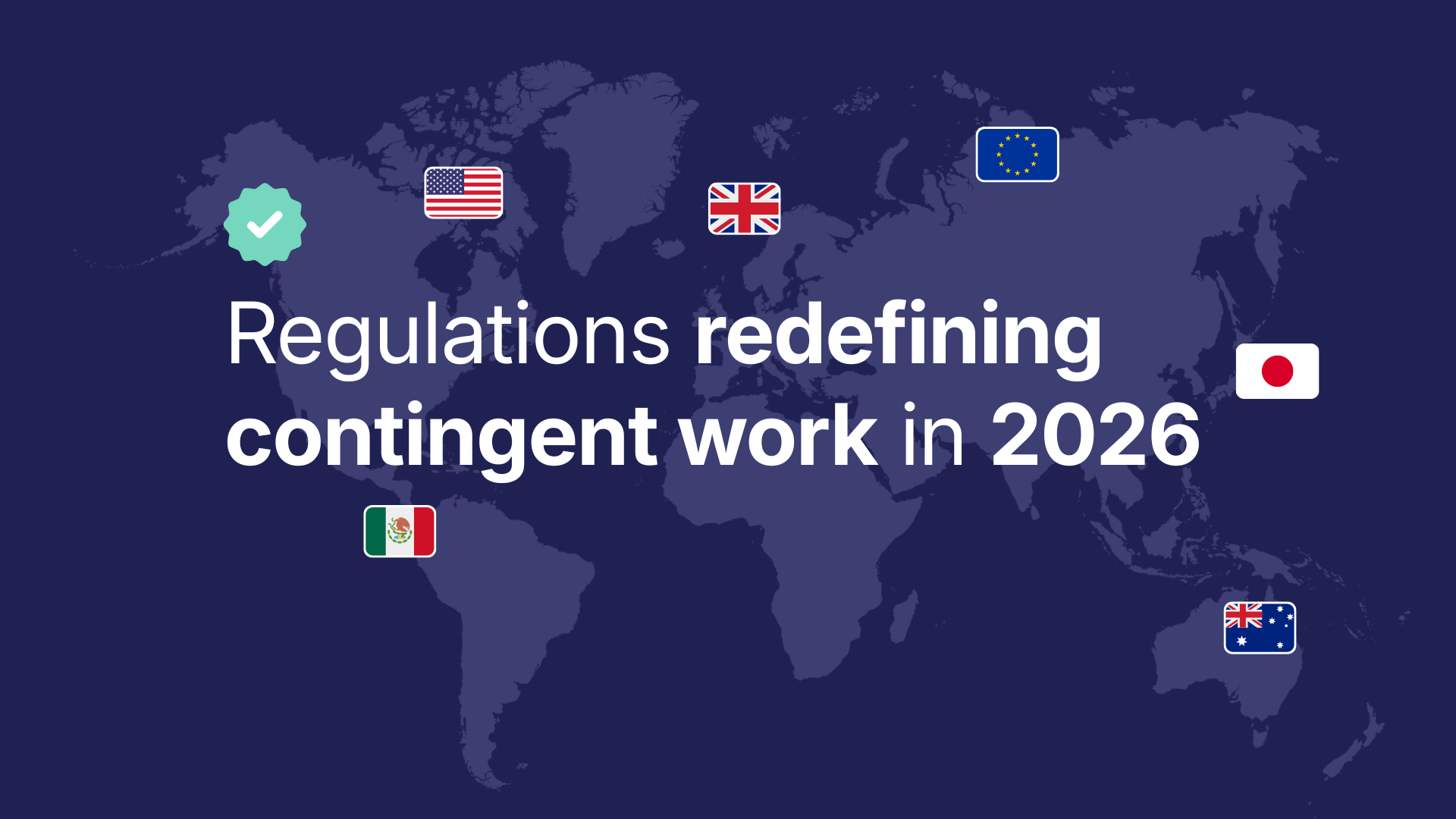As workforces become increasingly global and distributed, organisations are facing new challenges when it comes to onboarding remote freelancers and contractors. A smooth, well-designed remote onboarding process is critical for setting these global team members up for success and integrating them effectively into your operations.
In this article, we'll explore best practices for creating a seamless remote onboarding experience that works across borders and time zones.
Why remote onboarding matters for global freelancers
A thoughtful remote onboarding process serves several important purposes:
- It helps freelancers quickly get up to speed on your company, culture, processes and expectations.
- It ensures freelancers have the tools, access and information they need to be productive from day one.
- It makes freelancers feel welcomed and integrated into the team, even from afar.
- It sets clear expectations around communication, workflows and deliverables.
- It reduces confusion and frustration that can arise from poor onboarding.
For global freelancers in particular, effective remote onboarding helps bridge cultural differences, time zone gaps, and potential language barriers. It's an opportunity to align on working norms and establish strong communication practices from the start.
Key elements of a seamless remote onboarding experience
To create a smooth onboarding process for global freelancers, consider incorporating these key elements:
Pre-onboarding preparation
Set your freelancers up for success before their first day by:
- Sending a welcome email with key information and next steps.
- Providing early access to relevant systems and tools.
- Sharing an onboarding schedule and agenda.
- Assigning an onboarding buddy or point of contact.
Technology and tools setup
Ensure freelancers have what they need to hit the ground running:
- Grant access to necessary software, platforms and internal systems.
- Provide login credentials and instructions.
- Offer technical support for any setup issues.
- Share guidelines on security practices and data protection.
Company culture and team integration
Help freelancers feel like part of the team:
- Schedule virtual meet-and-greets with key team members.
- Share your company mission, values and culture.
- Invite freelancers to relevant team meetings or events.
- Provide an org chart and team directory.
Project and expectations briefing
Set clear guidelines around the work:
- Review project scope, timelines and deliverables.
- Clarify communication norms and preferred channels.
- Discuss time tracking and invoicing procedures.
- Share relevant templates, brand guidelines, etc.
Ongoing support and check-ins
Continue the onboarding process beyond day one:
- Schedule regular 1:1 check-ins, especially in the first few weeks.
- Provide a central repository of resources and documentation.
- Offer opportunities for feedback and questions.
- Gradually increase responsibility as the freelancer gets up to speed.
Best practices for remote onboarding across borders
When onboarding global freelancers, keep these best practices in mind:
Be time zone aware
Schedule onboarding activities at times that work for both you and the freelancer. Consider recording key sessions or creating asynchronous onboarding materials that can be accessed at any time.
Account for cultural differences
Be mindful of cultural norms and communication styles that may differ from your own. Provide clear explanations of your company culture and working style to avoid misunderstandings.
Overcome language barriers
If working across languages, speak clearly and avoid idioms or colloquialisms. Provide written materials to complement verbal explanations. Consider translation services if needed.
Use video when possible
Face-to-face interaction, even virtually, helps build rapport and pick up on nonverbal cues. Use video calls for key onboarding meetings when feasible.
Leverage collaborative tools
Utilise project management platforms, instant messaging apps, and virtual whiteboards to facilitate collaboration and information sharing.
Document everything
Create a comprehensive onboarding guide or wiki that freelancers can reference. Include FAQs, process documentation, and links to key resources.
Be flexible and iterative
Recognise that remote onboarding may require some trial and error. Solicit feedback from freelancers and be willing to adapt your process as needed.
Streamlining compliance and payments for global freelancers
One often overlooked aspect of onboarding global freelancers is ensuring compliance with local labour laws and setting up efficient payment processes. This is where specialised platforms can be invaluable. For instance, YunoJuno offer built-in global worker classification and automated contracts to streamline onboarding. Our system also enables instant payments to contractors in over 150 countries, removing a major pain point in managing a global freelance workforce.
Measuring the success of your remote onboarding process
To ensure your remote onboarding process is effective, consider tracking these metrics:
- Time to productivity: How quickly are freelancers able to start contributing impact?
- Engagement levels: Are freelancers actively participating in meetings and communications?
- Retention rates: Are freelancers likely to work with you again on future projects?
- Feedback scores: What do freelancers say about their onboarding experience?
- Project outcomes: Are freelancers meeting expected quality and timeline standards?
Regularly review these metrics and gather qualitative feedback to continuously improve your remote onboarding process.
Conclusion: Investing in seamless remote onboarding pays off
Creating a seamless remote onboarding experience for global freelancers requires thoughtful planning and execution, but the benefits are well worth the effort. A strong onboarding process sets the stage for successful collaborations, increased productivity, and positive working relationships with your global talent pool.
By focusing on clear communication, cultural awareness, and leveraging the right tools and platforms, you can create an onboarding experience that makes freelancers feel valued and empowered to do their best work, no matter where in the world they're located. At YunoJuno, we've seen firsthand how effective onboarding can lead to higher booking success rates and improved customer satisfaction. Prioritising a smooth remote onboarding process is a key step in building a high-performing global freelance workforce.







